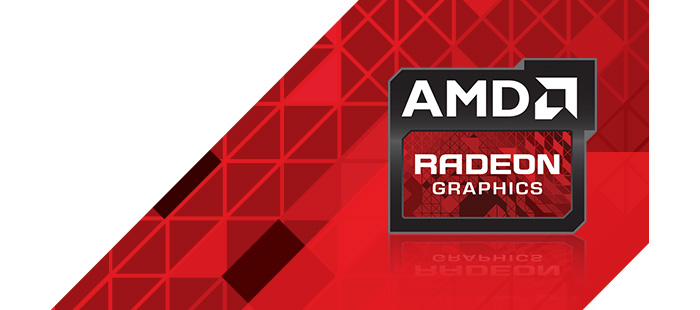In the past few years AMD has been slowly sinking – the company does not have competitive x86 processors on the market as of now and it does not clearly hold the performance crown in the graphics segment. Moreover, AMD has been playing one old game in the 3D department, namely renaming old products and selling them as new, which has clearly enraged hardware fans. No wonder then the US company has been suffering losses both in money and in market share.
AMD is fully aware of this grave situation and that’s why the company plans a comeback, scheduled for year 2016. First, on the x86 market we are supposed to get an entirely new architecture called Zen, while on the graphics market we will get the new Arctic Islands GPU family. We have had some information on Zen but things with Arctic Islands are still unclear. The good news is that we now know that Arctic Islands will have at least three new GPUs – Greenland, Baffin and Ellesmere.
Greenland will be a brand new chip that will target hardware enthusiasts since it will be an ultra high-end part. Baffin and Ellesmere are chips that will target the high-end and mainstream market segments, respectively. There’s little information on Baffin and Ellesmere but we do know that both chips will be brand new and will be designed from scratch. Baffin will likely be more powerful than Ellesmere and hence it will be a larger chip with more features. Ellesmere, on the other hand, will likely be a small-sized entry-level chip.
This is not the case with Greenland, though. The chip will have an all new architecture that has been in development since year 2013. The chip will be so advanced and different than the current Graphics Core Next (GCN) architecture it can be called a post-GCN chip. While there are no details on the Greenland architecture, the chip will be two times more energy efficient compared to current GCN chips. Greenland will also be manufactured on either 14 nm or 16 nm FinFET process, which means it will pack more stream processors than the current Fiji GPU. In addition to this Greenland will enjoy the benefits of second-generation HBM memory, so cards based on this chip will likely have up to 32 GB of HBM2 memory with bandwidth levels of 1 TB/sec and up, while mainstream Greenland-based video cards will likely enjoy between 8 GB and 16 GB of HBM2 memory. Greenland is also expected to have around 16-18 billion transistors with the chip having the same area seen now in Fiji.
More details will become available in the coming months so stay tuned for more information. The whole story sounds very exciting, doesn’t it?
Source: Kitguru.net
